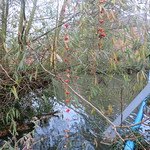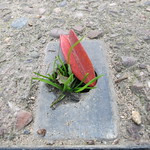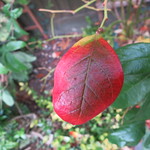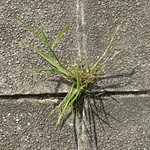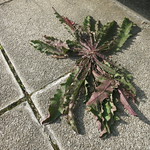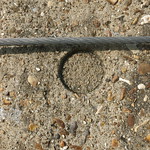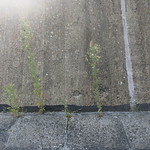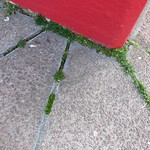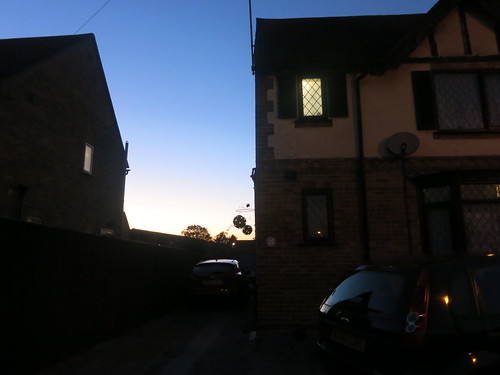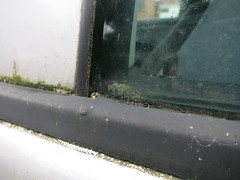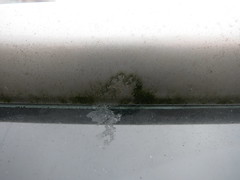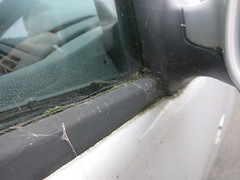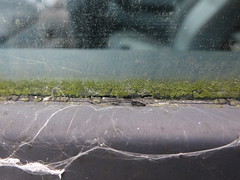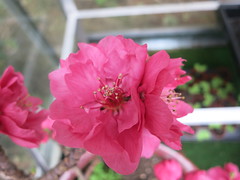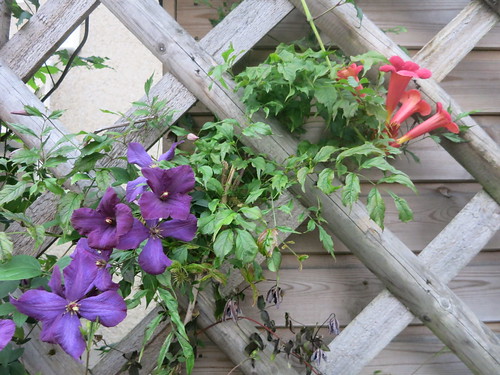I've been on the buses more than usual this month, looking down into gardens, and scuttling home fast at the day's end. This year has been phenomenal for berries and fruits of all kind, yet warm enough that the gardens are still full of flowers and everywhere in the dim, flowers and fruits gleam together on the trees and in the borders like jewels, rich reds, pinks, oranges and golds.
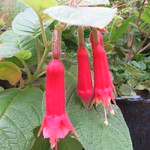
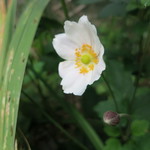

The leaves have just started to turn, but only some; so reds and golds and oranges sit among the dim and dark greens of late summer and evergreens in the hedges. Yews have so many
berries arils this year that when the sun hits them from the right direction it looks like they're covered in posh Christmas lights. Hawthorns are a riot of red, gold and green, with foliage on the turn and a massive berry crop. Here and there a late butterfly picks up the last of the sun and the nectar on autumn flowers. In the low evening light everything lights up like a torch.
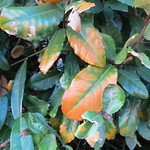

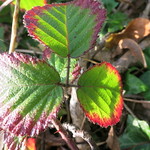
In rapidly-shading shelter of my back garden everything is racing to fruit and flower before winter closes off light and warmth. The golden raspberries are jostling with fuschias (still in resplendent flower) and the dahlias and marigolds are finally outracing the slugs as winter closes on pest and plant alike. Peppers and pelargoniums and aubergines and begonias are all still all over the patio. There's a lot to do before the first frost, but no sign of that yet. Cuttings and late summer plugs are racing to put on growth before it gets too cold, and the grapes are striving to ripen (I fear they'll fail).
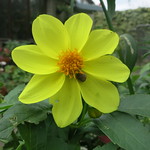


In the dim special attention space of my lean-to, this year's new begonias, zinnias, chrysanthemums and other oddities (a ginger, some cuttings) are finally beginning to flower. Every year I try and grow zinnias. Easy, it says on the packet in large, mocking letters; but they cannot cope with my voracious slugs and heavy clay soil. So I grow them in modules and sow them in pots and seed trays, but then I forget and neglect, and they're so thirsty they'll dry to dead in a week. Of three survivors this year, two are in flower, so I'm pleased. It's often none at all.



The sun's failing faster and earlier every day now; soon I won't be home when there's light on the garden most days of the week. But those evenings I do get home and there's still a golden sunset in the sky, pinking the houses and skimming the treetops, I'll still be surrounded by flowers like little torches in the evening gloom.
